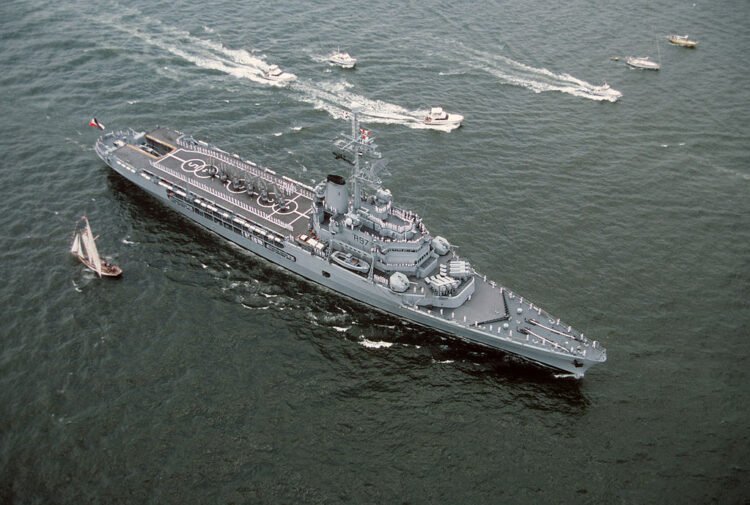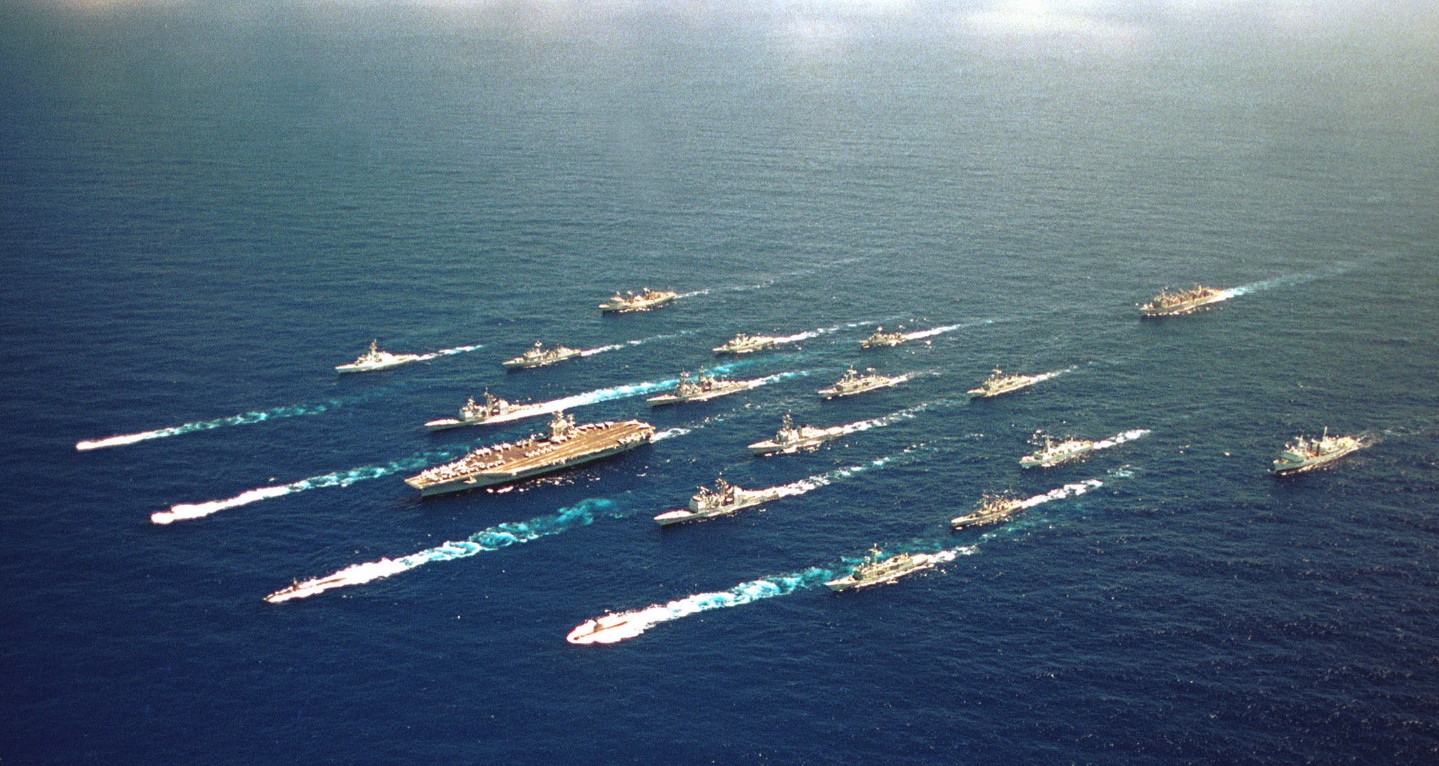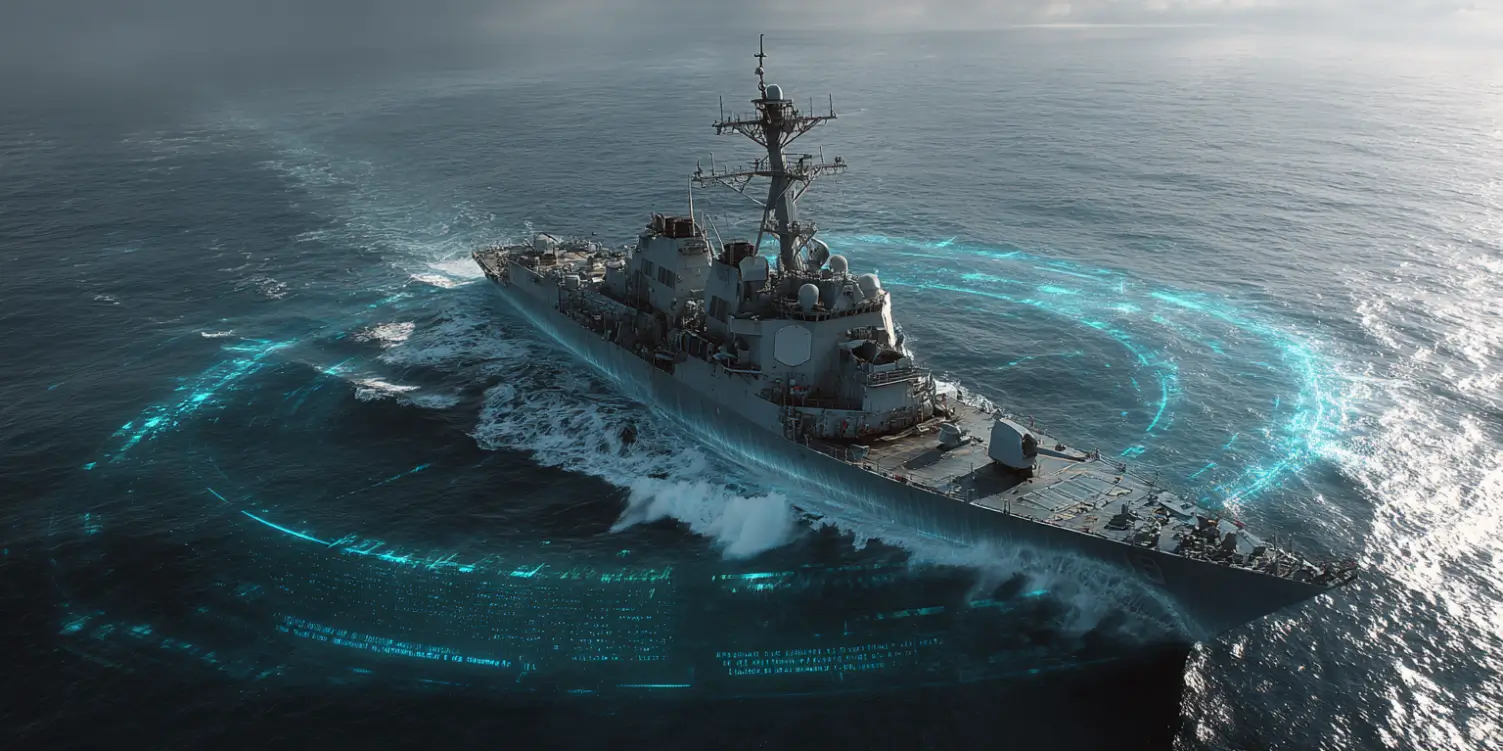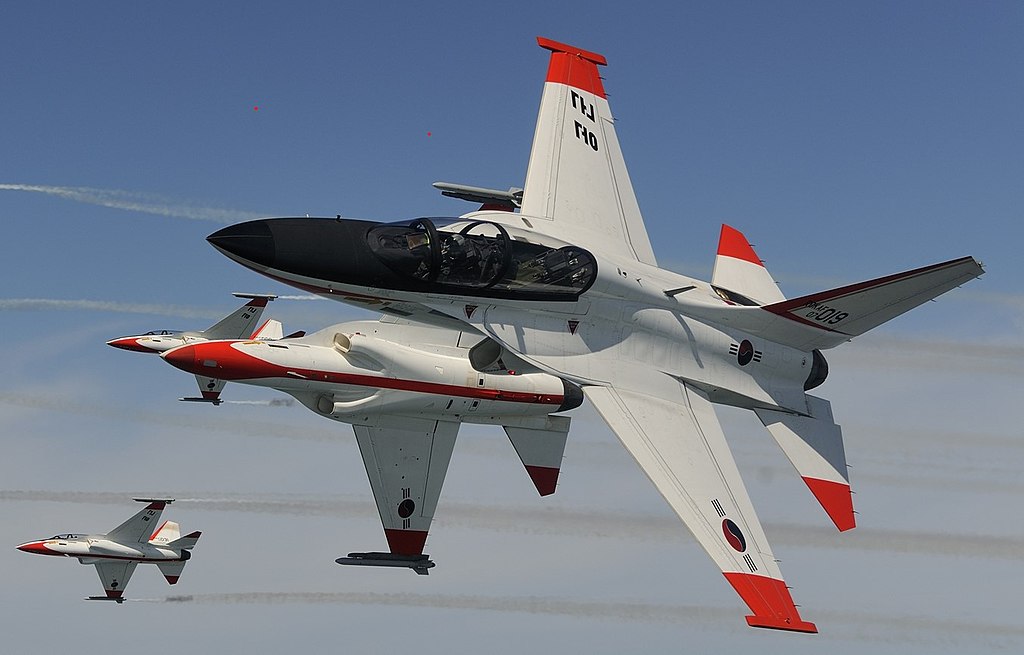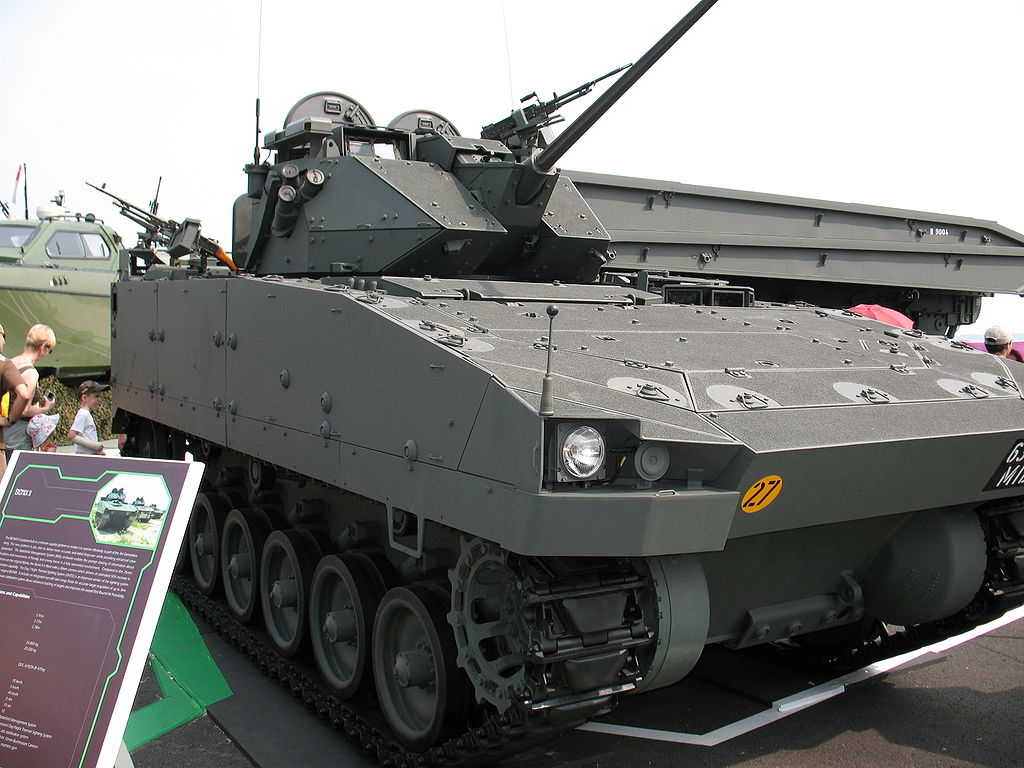Introduction
In the world of military aviation, the helicopter carrier plays a crucial role in providing rapid deployment and support capabilities. One such vessel that stands out is the iconic French helicopter carrier, Jeanne d’Arc. Named after the medieval French heroine, Jeanne d’Arc is not just an impressive warship, but also a symbol of French naval power. In this article, we will take a closer look at the features, capabilities, and history of the Jeanne d’Arc.
Features and Design
Commissioned in 1964, Jeanne d’Arc is classified as a helicopter cruiser, also known as a helicopter carrier or a helicopter assault ship. With a length of 182 meters and a displacement of 12,000 tons, it is one of the largest ships in the French Navy. The ship is equipped with a flight deck that can accommodate up to 16 helicopters, including various models such as the Gazelle, Puma, and NH90.
One of the striking features of Jeanne d’Arc is its hangar, which can hold up to 20 helicopters, including those that are undergoing maintenance or repairs. This allows for maximum operational flexibility, ensuring that the ship can maintain a constant readiness level. In addition to its aviation capabilities, Jeanne d’Arc is also armed with anti-aircraft and anti-ship missiles, as well as secondary armaments such as cannons and machine guns.
Operational Capabilities
The primary role of Jeanne d’Arc is to provide rapid deployment and support for ground forces. It can transport troops, vehicles, and equipment, making it a valuable asset in various military operations. The ship’s helicopter capabilities enable it to conduct a wide range of missions, including reconnaissance, search and rescue, and troop deployment.
Furthermore, Jeanne d’Arc is equipped with a hospital facility, allowing it to provide medical support in combat zones or areas affected by natural disasters. The ship is also equipped with command and control facilities, serving as a floating headquarters for coordinating military operations.
History and Operations
Since its commissioning, Jeanne d’Arc has played a vital role in numerous military operations and exercises. The ship has been deployed to various regions around the world, including the Mediterranean, the Indian Ocean, and the Persian Gulf. It has participated in multinational exercises, promoting cooperation and interoperability among allied forces.
One of the notable deployments of Jeanne d’Arc was during the Gulf War in 1991. The ship served as a platform for helicopter-borne operations, providing essential support to the coalition forces. It also played a significant role in humanitarian missions, such as providing aid to countries affected by natural disasters.
Legacy and Decommissioning
Despite its long and illustrious service, the Jeanne d’Arc was decommissioned in 2010, marking the end of an era. However, its legacy lives on, as it has paved the way for the development of more advanced helicopter carriers in the French Navy.
Today, the French Navy relies on the Mistral-class amphibious assault ships, which have greater capabilities and a larger displacement compared to Jeanne d’Arc. These modern vessels continue to uphold the tradition of French naval excellence and contribute to international peacekeeping efforts.
Conclusion
The Jeanne d’Arc helicopter carrier was a symbol of France’s naval power and a versatile asset in military operations. With its impressive aviation capabilities and support facilities, it played a crucial role in various missions around the world. Although it has been decommissioned, its legacy lives on in the form of more advanced helicopter carriers that continue to serve the French Navy. Through its service, Jeanne d’Arc has left an indelible mark in the annals of military history.
